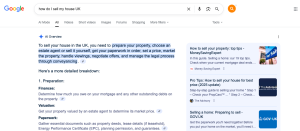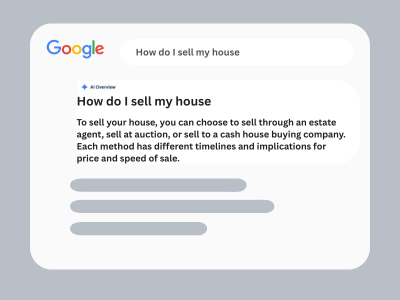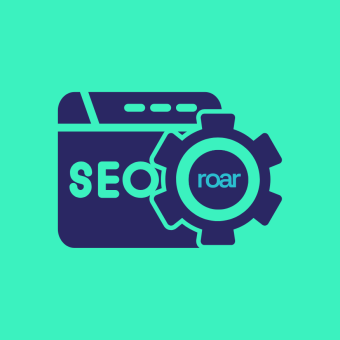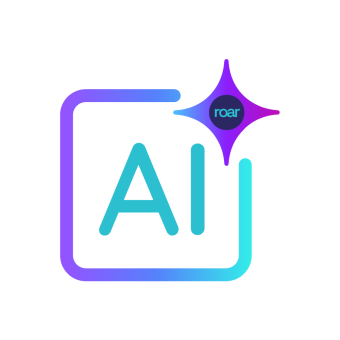As AI continues to shape how people search, one shift is becoming clear: the rise of AI-generated overviews is reducing the need to click through on many informational searches. But that doesn’t mean those searches are no longer valuable. In fact, they might be more important than ever.
Jump to:
- What are AI overviews
- Why clicks are dropping for informational queries
- The role of service-led searches
- Why you need to show up in both
- Final thoughts
- Ask us anything
What are AI overviews?
AI Overviews are the blocks of AI-generated text that appear at the top of Google (or Bing) results for many queries. Powered by large language models, they summarise answers to questions directly on the results page, often drawing from multiple web sources.
If someone searches “how do I sell my house”, they might now see a short paragraph answering the question without needing to click through to a website.

– Example of AI overview on Google.
Changes to the SERP layout
The presence of AI overviews pushes organic links even further down the page. The overview, especially when expanded, takes up more than the top half of your screen. If you scroll past all that – and still haven’t found your answer – you’re then faced with the sponsored links. Only after you’ve past all this information will you come across the top ranking organic page on Google.
So if you’re not optimising, and being chosen, for AI searches, you’re likely missing out on valuable traffic.
Why clicks are dropping for informational queries
AI is excellent at answering factual or process-based questions. That means for many informational searches, users get what they need from the overview itself. This can lead to reduced traffic for websites that used to attract visitors for these kinds of queries.
But just because someone doesn’t click, doesn’t mean they didn’t see your brand. Being referenced, linked or mentioned in the content that trains or informs AI summaries can still boost awareness and trust.
How does content get chosen for AI overviews?
You can optimise your content for AI through a process called “Generative Engine Optimisation” or “GEO“. It involves checking how your structure content and sentences, making sure things are split into headings and sections. Generally making sure AI can scan and understand your content easily.
We have more information on optimising for AI and troubleshooting why your content may not be ranking in AI on our insights page.
The role of service-led searches
Not all searches are created equal. When someone types “value my house”, they aren’t looking for an explanation, they’re looking for a service.
AI can’t do that for them. These high-intent queries still rely on traditional listings, directories and search results. The user needs to engage, compare, and ultimately take action.
That means visibility on these searches is critical for lead generation and commercial outcomes.
The path from curiosity to commitment
Every search sits somewhere on a spectrum, from curiosity to commitment.
At the start, users are gathering knowledge. They type things like “how to sell my house” or “what’s involved in probate property sales”. These are informational queries, broad, question-led, and often answered directly by AI overviews.
But that’s just the beginning.
Once someone understands the process, they naturally move to more specific needs: “how much is my house worth” or “can I sell with sitting tenants”. These indicate deeper research and emerging commercial intent.
Eventually, the searches shift toward action: “Estate agents in Bristol”, “sell my house online”, or “cash house buyers near me”. These are high-intent, decision-ready queries. The user isn’t looking for facts anymore, they’re looking for solutions and if your brand has been present in the AI overview at every stage, who are they more likely to turn to?
A random link from a company they’ve never heard of before? Or you brand, which has become familiar over their journey.
Why you need to show up in both
Informational and transactional searches play different roles in the customer journey.
Appearing in informational AI overviews helps establish authority and trust early in the process. It signals to users (and to search engines) that your brand is a reliable source.
When that user later moves into a decision-making mindset, such as requesting a valuation or contacting a provider, you’re already familiar.
In short: high-intent visibility is built on the foundation of informational presence.
Final thoughts
Yes, AI overviews may reduce your organic clicks. But they don’t reduce influence.
The brands that win in this new landscape will be the ones that don’t see this as a choice between traffic or trust. It’s about playing the long game: using top-of-funnel exposure to support bottom-of-funnel results.
Show up early. Stay present. And make it easy to be found when it matters most.



